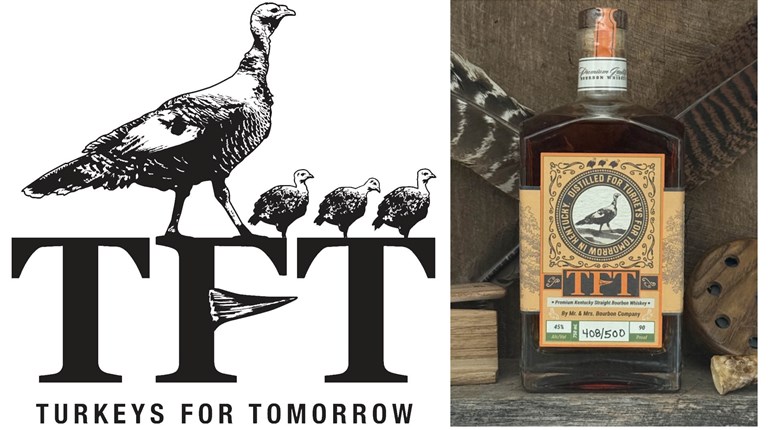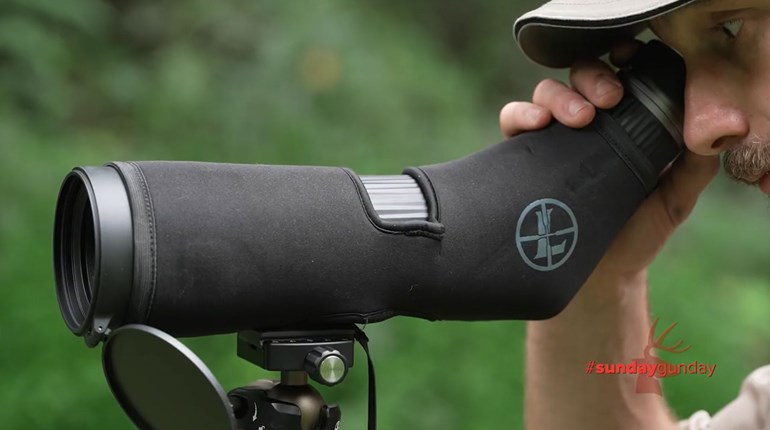
Remaining quiet when afield is one of hunting’s golden rules, but wildlife biologists are finally statistically modeling the critical role it plays in success. Research featured in a Science Alert story this month—conducted in Africa—found human conversation drove African mammals off watering holes at double the rate of other animal noises, including leopard and lion vocalizations.
The original study results, first released in peer-reviewed Current Biology, determined hunters talking afield will send most animals in flight faster than even gunshots or dogs. “Fear of humans significantly exceeded the fear of lions throughout the savanna mammal community,” researchers wrote. “Considering the community as a whole, wildlife were twice as likely to run, and abandoned waterholes during the dry season in 40 percent faster time, upon hearing humans compared with hearing lions. Critically, this more powerful and all-pervasive response was specifically to hearing human vocalizations, as this differed significantly from all other treatments, whereas the responses to hunting sounds (dogs barking or gunshots) were weaker than, or on a par with, those to lions.”
On a continent with leopards and lions, the results endorse the age-old advice for silence whenever afield. The wisdom also applies to North American deer hunters as well, according to the results of a different study in 2022.
Harnessing a similar recording method, researchers concluded, “Deer were more than twice as likely to flee upon hearing humans than other predators, and hearing humans was matched only by hearing wolves in reducing overall feeding time gaged by visits to the food patch in the following hour.” The reaction to wolf sounds surprised scientists. The study area was in Georgia, no longer home to the predators.
Sportsmen don’t hold an exclusive on the impact, either. Researchers in a study focused on mountain biker and hiker noise, published in July, concluded, “We found wildlife were 3.1–4.7 times more likely to flee and were vigilant for 2.2–3.0 times longer upon hearing recreation noise compared with controls (natural sounds and no noise). Wildlife abundance at our sampling arrays was 1.5 times lower the week following recreation noise deployments. Noise from larger groups of vocal hikers and mountain bikers caused the highest probability of fleeing (6–8 times more likely to flee).”
“Elk were the most sensitive species to recreation noise,” the study determined, “and large carnivores were the least sensitive.” The facts are worth noting if a predator hunt is on your schedule or you plan on carrying a bugle call or two the next time you head afield.



































